In intense full body exercise our hearts can supply only 1/3-1/2 of the muscles. To deal with this limitation, blood vessels in muscles and organs that are not too busy constrict while those in the working muscles dilate. This redistributes the blood flow, delivers more oxygen where it is needed most, and eases the work of the heart.
These so-called vascular reactions are so vital that Prof. Yuri Verkhoshansky listed them among the most important adaptations of the cardiovascular system and the entire organism to endurance exercise.
To put some numbers on it, when endurance athletes are tested during their competition period, peak circulation in the working muscles has a massive correlation with race performance, r=0.8—while VO2max does not even make it to 0.4.
These vascular reactions can be improved—or messed up—with different types of training.
Blood flow in the working limbs peaks at the lactic threshold—and then drops. In either case, the body adapts.
Amateurish interval training increases the peripheral resistance to blood flow. When hard working muscles are not well supplied with blood, the contribution of the aerobic system decreases while the share of the lactic acid producing glycolysis increases. Whether your goal is to summit Denali or to lose a spare tire, this spells trouble.
On the other hand, training just below the anaerobic threshold intensity—that is, while you still can pass the talk test—reduces the resistance by 23% and trains your body to direct more blood into the muscles of your choice. This powers up the aerobic metabolism, which serves your endurance, health, and fat loss goals.
At the same time, aerobic training—even with high resistance, such as AXE and Strength Aerobics—makes capillaries in the working muscles grow, further increasing the blood flow.
The result is a hotter running aerobic metabolism, a win for endurance athletes and fat loss seekers.
Note that these adaptations take place only in the working muscles. In other words, if you are a cyclist, rowing might boost your “cardio” but do nothing for the rowing muscles and the “plumbing” supplying it. “Even the so-called aerobic preparation should be specific,” stresses Prof. Yuri Verkhoshansky.
In summary:
- Building more blood vessels and training them to dilate will boost your endurance and fat loss by enabling you to be more aerobic.
- Make it happen by doing a lot of work below the lactic threshold (while passing the talk test).
- The “plumbing” gets upgraded only in the working muscles.
These vascular adaptations are one of the many benefits of Strong Enduranceä training. Consider the following uphill lunge protocol from biathlon, a winter sport combining cross-country skiing and rifle marksmanship.
Two groups of biathletes were doing summer training. The controls followed a conventional mix of aerobic and glycolytic work. The experimental group spent 25% less time training and did a special anti-glycolytic protocol of uphill lunges.
Two groups of biathlon athletes did 6 weeks of summer training.
The control group trained a typical for their sport manner: a lot of ski roller work, both aerobic and glycolytic, plus uphill jumps.
The experimental group spent 25% less time training and did only one weekly aerobic ski roller session plus anti-glycolytic uphill lunges—stand by for details—4 days a week. When it was all said and done, the two groups were retested:

Both groups improved their stroke volume, the amount of blood the heart pumps out per beat, by the same amount. It is a healthy adaptation—and the results prove that anti-glycolytic training can improve it as much as traditional endurance training.
In the rest of the tests Strong Endurance™ style blew traditional training out of the water.

In this classic endurance test, an athlete moves at one speed for several minutes, then goes faster. The speed is increased multiple times until the athlete cannot carry on.
Even though, unlike the controls, the experimental group did zero “smokers,” the Strong Endurance athletes made more than double the improvement.

According to Prof. Selouyanov, it is not the maximal oxygen uptake that matters for your performance but the uptake at the lactic threshold intensity (you can still pass the talk test). Again, double the improvement for the anti-glycolytic group.

MAP is the max power expressed in a brief effort like a standing broad jump or a 40-yard dash. It directly correlates with the muscles’ maximal strength.
At StrongFirst we love max power for its own sake, but it may not be a good enough reason for endurance athletes. Prof. Verkhoshansky gave them the reason: higher power drives high intensity endurance. Maximal alactic power is so important, that the great scientist identified it as #1 training priority for athletes like mid-distance runners.
The Strong Endurance group increased theirs by 3%—in the absence of strength or power training—while the control group lost 2% of theirs, in spite of all their jumps.
Considering that the experimental group did zero strength or power work, this is a pure “what-the-hell effect.”

PWC170 is another classic endurance test that measures the athlete’s output at a heart rate approximating the lactic threshold.
An excerpt from STRONG ENDURANCE™ express online course,
Module 5: Hybrid Conversion Completed
Improving the numbers at the threshold—speed for distance and power for combat athletes—was #2 in Verkhoshansky’s list of top priorities.
As usual, the Strong Endurance group cleaned the conventional group’s clock by more than 100%.
Here are the load parameters that produced great performance improvements across the board, including multiple “what-the-hell effects.”
In addition to one weekly steady state aerobic ski roller work the experimental group athletes did the following 4 times a week
- Uphill lunges
- Distance 200m (~220 yards), incline 15-30° (typically covered in 2-2.5min)
- Adjust the pace to maintain the lactic threshold heart rate
- Rest between bouts 3-5min
- 10-20 bouts

If you do not have a handy hill, find a high rise building with an elevator. Take several steps at a time. Take the elevator down, walk around for the specified time, and start over.
It will take some experimentation to find the pace that keeps you right below the threshold.
Micro-pauses between steps with one additional breathing cycle and even brief bouts of “fast and loose” drills will help keep your heart and respiration rate down. Aim to maintain a steady threshold heart rate or to be able to pass the talk test at any time during your walking lunges.
This is anti-glycolytic training, so avoid the “burn”! If it means going even slower, so be it.
Keep your spine ramrod straight, your shoulders and face relaxed. Get into a meditative state. Keep your technique consistent: the same step length, rhythm, etc.
Do not be concerned about the distance, simply stop at 2min.
Rest actively by walking around.
Select a rest period of 2, 3, 4, or 5min based on your level of conditioning and stick with it. The goal is to not exceed 3min rest periods, as after 3-4min your blood vessels start constricting and the aerobic metabolism powers down. Begin with 5min rest periods if needed with the goal to progress to 3min and under rest periods.
Start out with 2 days a week and build up from there.
You might not make it to 10 sets in the beginning. It is OK. Stop a training session when you hit any one of these StrongFirst Stop Signs:
- Your heart rate goes above the threshold, or you cannot pass the talk test
- You experience muscle burn
- You are unable to maintain the same speed, technique, and/or rhythm
Enjoy your improvements in athletic performance and body composition. As usual, Strong Endurance™ delivers a lot more than endurance.
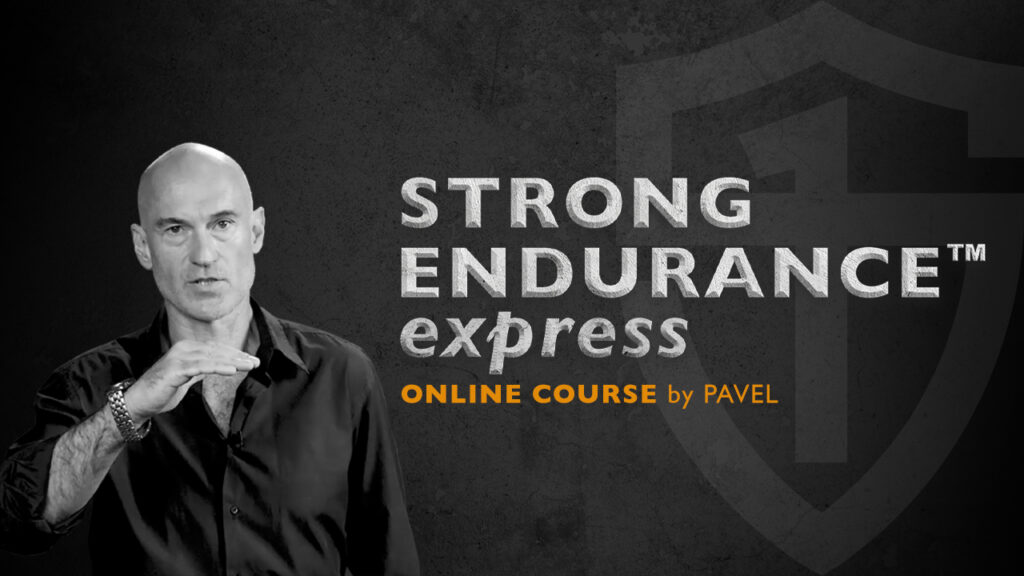
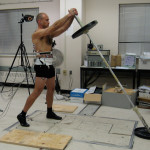
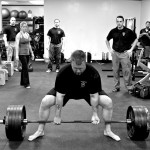
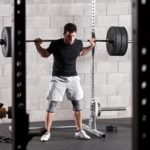
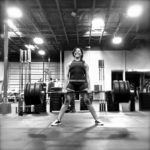

Would this work with medicine ball/ slam ball cleans, where you drop the ball and then pick it up from the ground again ?
Can I do this protocol with running in addition to lunging ?
SFHC, there are better ways to apply AGT to running.
Hi Pavel, i’m a running coach and an age group athlete. Would love to know how to implement AGT to running. Mainly to avoid acidosis and injury prevention. Not to mention the strength gains with a program like this. Very curious.
Would it be possible to do this protocol on days in between Q&D 033
Rob, what are your goals?
Pavel, woud would an equivalent protocol be for upper body?
Ivan, sort of. What are your goals?
G’day Pavel,
Thanks for all the info! Do you reckon step ups will work just as well if the rest of the protocol is followed to plan? Cheers!
Nick, step-ups have an eccentric component, which means the volume will be lower. Otherwise, yest.
For step-ups, your best bet is to look up Kenneth Bolyard’s protocols. See our articles section.
lunges aint looking looking sissy anymore? haha
Korcun, in this context they got desissified.
Love the simplicity of the program, as well as the option of using stairs. Very exciting news about the Strong Endurance express online video course – this is something the fans have been waiting for a long time. Thank you, Pavel!
Thank you, Pavel.
This would be a lot more interesting if it included a link to the alleged study.
Is the paper in which these results were published available online? I’d love to read it to learn more details of the study.
Charles, the paper is in Russian. The link was posted on our forum by one of the members.